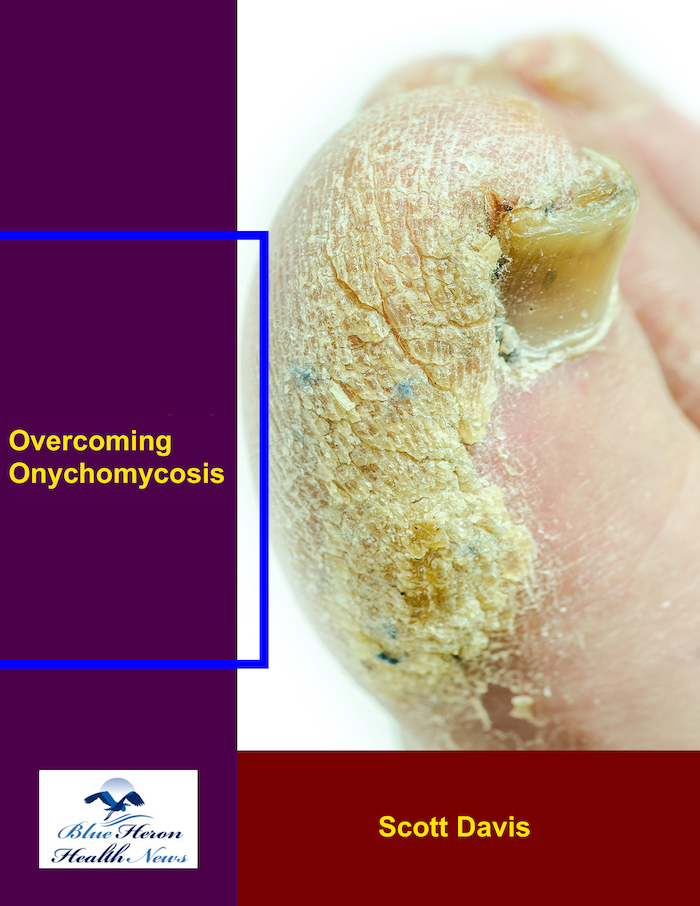
Overcoming Onychomycosis™ By Scott Davis It is a simple, natural, and all-in-one solution for onychomycosis. The program can help you to treat your nail fungus naturally. Once you follow this program, you do not need to spend on expensive treatments to prevent a recurrence. In brief, you can have a proven solution for your chronic nail fungus. Besides, the program is easy to follow, and most users find it effective against onychomycosis.
What is the connection between acid reflux and asthma?
The connection between acid reflux (GERD) and asthma is complex and bidirectional. This means that acid reflux can worsen asthma symptoms, and asthma can also make acid reflux symptoms worse. Here’s how these two conditions interact:
1. Acid Reflux as a Trigger for Asthma
- Acid reflux occurs when stomach acid flows backward into the esophagus, and in some cases, it can reach the airways and lungs. This is known as acid aspiration. When stomach acid irritates the airways, it can trigger or worsen asthma symptoms such as:
- Wheezing
- Coughing
- Shortness of breath
- Chest tightness
- This connection is particularly noticeable in people with nocturnal asthma (asthma that worsens at night), as lying down increases the likelihood of acid reflux. When reflux occurs during sleep, the acid can reach the lungs, causing inflammation and triggering asthma attacks.
2. How Acid Reflux Affects the Airway
- The stomach acid that is inhaled into the airways can cause bronchoconstriction, which is the narrowing of the air passages in the lungs. This can lead to asthma-like symptoms and may worsen existing asthma symptoms in those who have both conditions.
- Acid reflux can also cause inflammation in the airways, leading to increased sensitivity and reactivity of the respiratory system. This makes individuals with both asthma and acid reflux more susceptible to triggers like allergens, cold air, or smoke.
3. Aspiration of Stomach Acid
- Aspiration is the inhalation of food or liquid into the lungs. In people with acid reflux, the stomach contents, including acid, can be aspirated into the lungs, particularly when lying down or during sleep.
- This can lead to a condition known as aspiration pneumonia or worsen chronic bronchitis and other respiratory problems. Even small amounts of acid that enter the lungs can cause inflammation, contributing to asthma exacerbations.
4. Asthma Medications and Acid Reflux
- Certain medications used to treat asthma, such as beta-agonists (e.g., albuterol), can relax the lower esophageal sphincter (LES). The LES is the muscle that separates the stomach from the esophagus, and when it relaxes inappropriately, stomach acid can flow back into the esophagus, leading to acid reflux.
- Corticosteroids, which are commonly prescribed for asthma treatment, can also contribute to acid reflux. Inhaled steroids may increase the risk of GERD, and oral steroids may worsen symptoms by weakening the LES and promoting gastric acid production.
5. GERD as a Trigger for Asthma Exacerbations
- For some individuals, uncontrolled acid reflux can act as a trigger for asthma flare-ups. This is particularly true in people whose asthma is difficult to control and those who experience frequent acid reflux episodes.
- In such cases, improving control of acid reflux may help reduce asthma symptoms and the need for medications, especially if GERD is identified as a key trigger.
6. Symptoms Overlap
- Coughing is a common symptom for both acid reflux and asthma, making it difficult to distinguish between the two. People with both conditions might experience a persistent cough or a wheezing that could be attributed to either acid reflux or asthma, leading to challenges in diagnosis and treatment.
- In some cases, a person with asthma may have symptoms that mimic acid reflux, such as heartburn or a feeling of a lump in the throat, particularly if asthma medications trigger GERD.
7. Shared Risk Factors
- There are several risk factors that both asthma and acid reflux share, including:
- Obesity: Excess weight can increase abdominal pressure, making it easier for stomach acid to flow back into the esophagus. Obesity is common in both conditions and can exacerbate both asthma and GERD.
- Hiatal hernia: A condition where part of the stomach pushes through the diaphragm into the chest, which can lead to acid reflux. Hiatal hernia is also more common in individuals with asthma.
8. Managing the Connection Between GERD and Asthma
- Treating acid reflux may help improve asthma symptoms in individuals who have both conditions. Some strategies to manage both conditions simultaneously include:
- Proton pump inhibitors (PPIs) or H2 blockers to reduce stomach acid production and heal the esophagus.
- Antacids to neutralize stomach acid and provide immediate relief.
- Elevating the head of the bed to prevent nighttime acid reflux and reduce asthma symptoms during sleep.
- Lifestyle changes such as avoiding trigger foods (spicy foods, caffeine, chocolate) and not eating close to bedtime.
- Weight loss may also help reduce both acid reflux and asthma symptoms in individuals who are overweight or obese.
9. Coordinated Care
- Asthma specialists and gastroenterologists can work together to create a comprehensive treatment plan for individuals with both asthma and acid reflux. It is important to address both conditions to improve overall health and reduce symptom burden.
Summary:
Acid reflux (GERD) and asthma are interconnected conditions. Acid reflux can worsen asthma symptoms by triggering airway inflammation, bronchoconstriction, and aspiration of stomach acid into the lungs. Conversely, asthma medications can relax the lower esophageal sphincter and promote reflux. Managing both conditions typically involves treating acid reflux with medications like PPIs or H2 blockers, adopting lifestyle changes, and possibly adjusting asthma medications. Addressing both conditions simultaneously can lead to better symptom control and improved quality of life.
Overcoming Onychomycosis™ By Scott Davis It is a simple, natural, and all-in-one solution for onychomycosis. The program can help you to treat your nail fungus naturally. Once you follow this program, you do not need to spend on expensive treatments to prevent a recurrence. In brief, you can have a proven solution for your chronic nail fungus. Besides, the program is easy to follow, and most users find it effective against onychomycosis.
